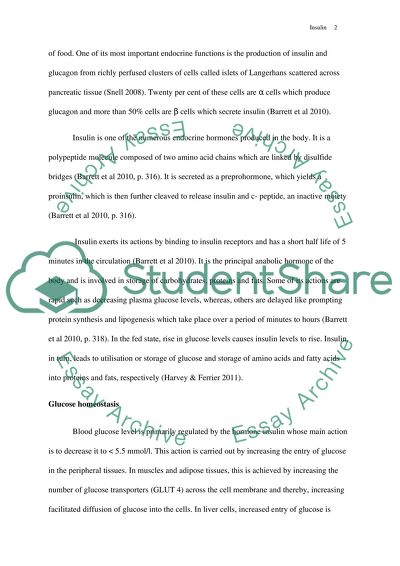Cite this document
(“Insulin (pancreas/type II diabetes) Essay Example | Topics and Well Written Essays - 1500 words”, n.d.)
Retrieved from https://studentshare.org/health-sciences-medicine/1398452-insulin-pancreastype-ii-diabetes
Retrieved from https://studentshare.org/health-sciences-medicine/1398452-insulin-pancreastype-ii-diabetes
(Insulin (pancreas/Type II Diabetes) Essay Example | Topics and Well Written Essays - 1500 Words)
https://studentshare.org/health-sciences-medicine/1398452-insulin-pancreastype-ii-diabetes.
https://studentshare.org/health-sciences-medicine/1398452-insulin-pancreastype-ii-diabetes.
“Insulin (pancreas/Type II Diabetes) Essay Example | Topics and Well Written Essays - 1500 Words”, n.d. https://studentshare.org/health-sciences-medicine/1398452-insulin-pancreastype-ii-diabetes.


